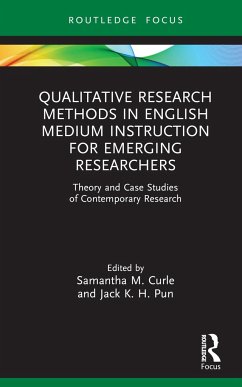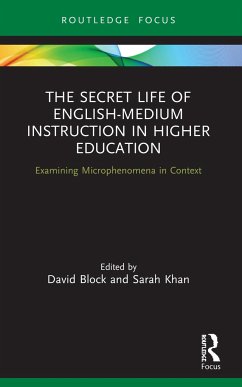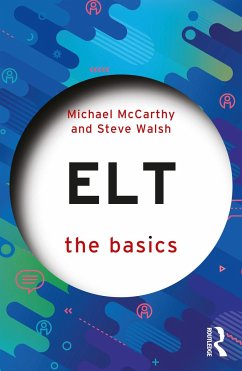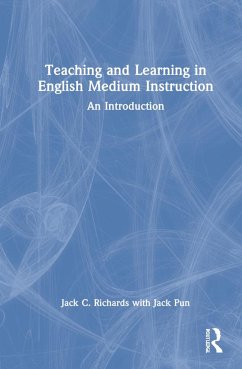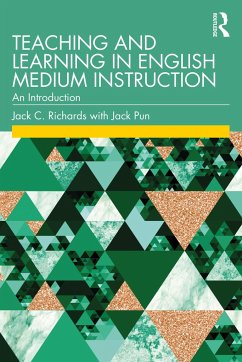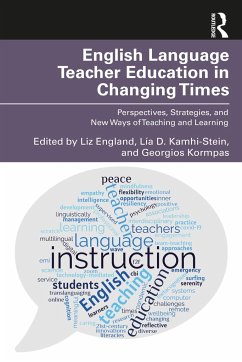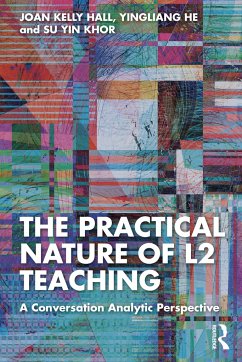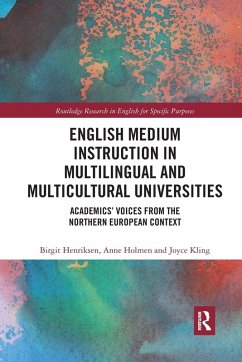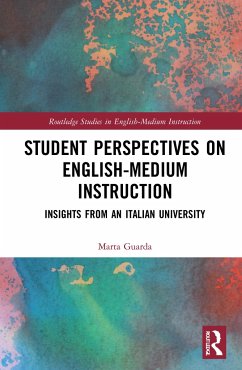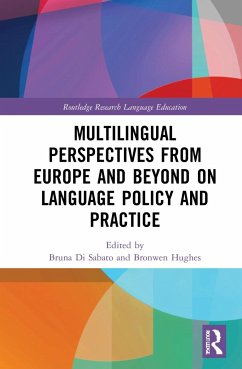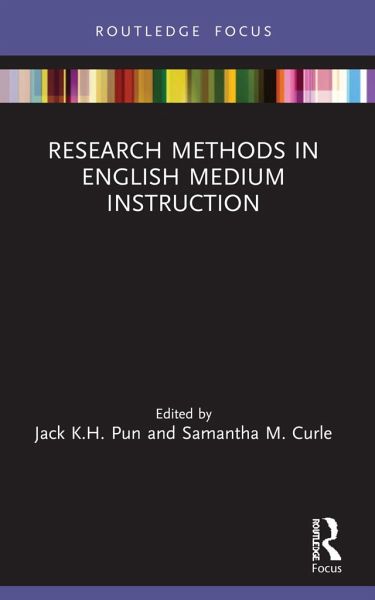
Research Methods in English Medium Instruction
Versandkostenfrei!
Versandfertig in 6-10 Tagen
20,99 €
inkl. MwSt.

PAYBACK Punkte
10 °P sammeln!
In this special edited volume, the editors and invited English Medium Instruction (EMI) researchers, from different parts of the world, outline the latest EMI research methods. Providing academic instruction using English is rapidly spreading in many countries where English is a second or foreign language, and there is a growing interest in researching the effectiveness and effects of EMI across different educational levels. This volume includes chapters on everything from research into classroom interaction to teachers' and students' perceptions and motivations to language challenges and stra...
In this special edited volume, the editors and invited English Medium Instruction (EMI) researchers, from different parts of the world, outline the latest EMI research methods. Providing academic instruction using English is rapidly spreading in many countries where English is a second or foreign language, and there is a growing interest in researching the effectiveness and effects of EMI across different educational levels. This volume includes chapters on everything from research into classroom interaction to teachers' and students' perceptions and motivations to language challenges and strategies and the pedagogical implications of translanguaging in EMI classrooms. These specific topics were chosen to reflect different approaches to researching EMI.
Each chapter focuses on a specific type of research methodology. It begins with an overview of the literature of the topic under discussion. Then an example study is provided to illustrate how this methodology can be used to investigate EMI. Each chapter identifies the process that the EMI researcher used to conduct their research and discusses key dilemmas they faced, focusing particularly on the methodological issues they encountered. By exploring these issues, this volume hopes to inform theory (or the lack thereof) underlying research into the phenomenon of EMI.
This volume is indispensable for EMI tutors, curriculum developers, policymakers, and teachers, as well as students at both undergraduate and postgraduate levels. It is particularly valuable for researchers from across the globe working in the fields of applied linguistics, language education, English for Academic Purposes (EAP), English Language Teaching (ELT), and Teaching English to Speakers of Other Languages (TESOL).
Each chapter focuses on a specific type of research methodology. It begins with an overview of the literature of the topic under discussion. Then an example study is provided to illustrate how this methodology can be used to investigate EMI. Each chapter identifies the process that the EMI researcher used to conduct their research and discusses key dilemmas they faced, focusing particularly on the methodological issues they encountered. By exploring these issues, this volume hopes to inform theory (or the lack thereof) underlying research into the phenomenon of EMI.
This volume is indispensable for EMI tutors, curriculum developers, policymakers, and teachers, as well as students at both undergraduate and postgraduate levels. It is particularly valuable for researchers from across the globe working in the fields of applied linguistics, language education, English for Academic Purposes (EAP), English Language Teaching (ELT), and Teaching English to Speakers of Other Languages (TESOL).





